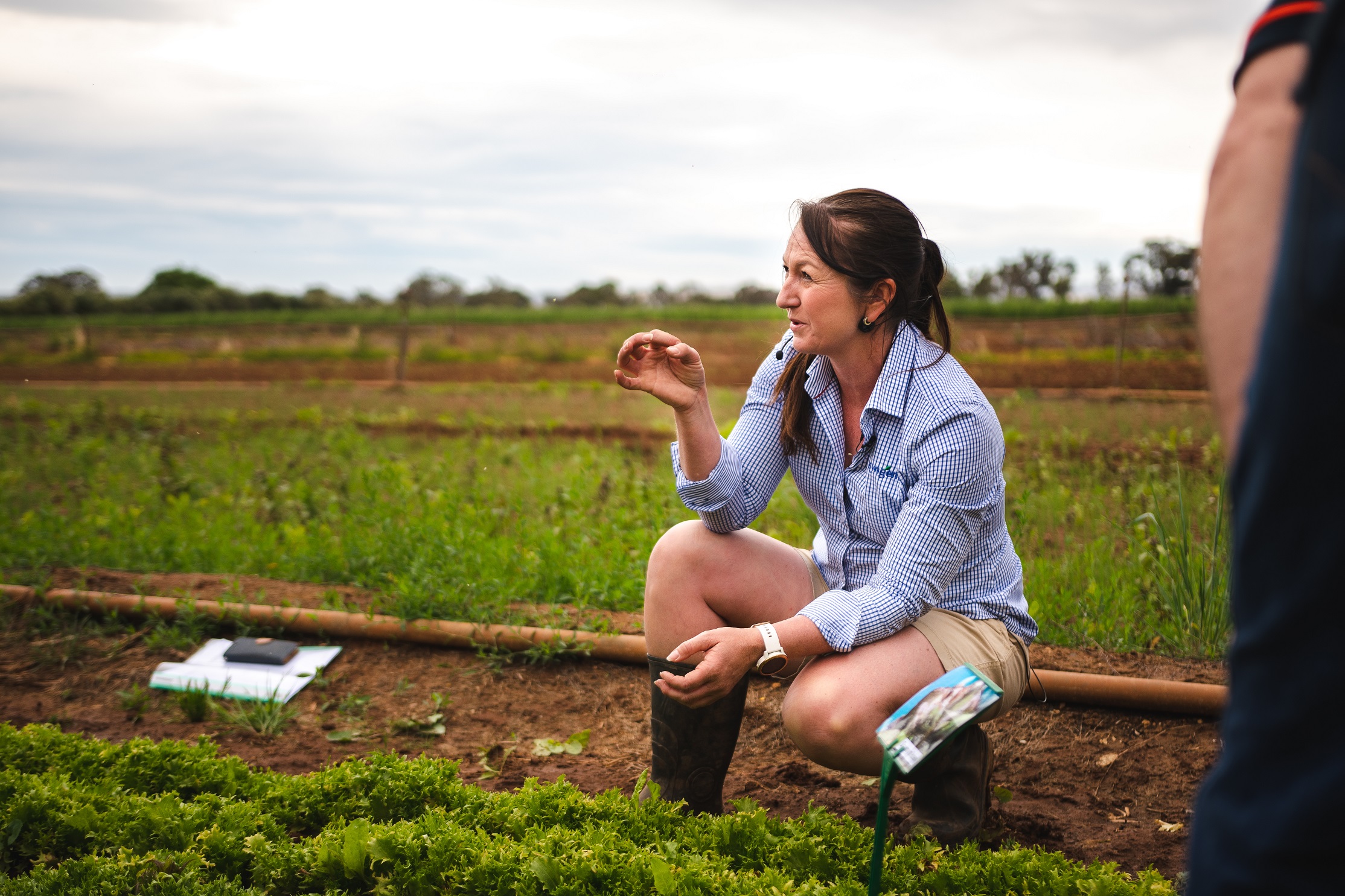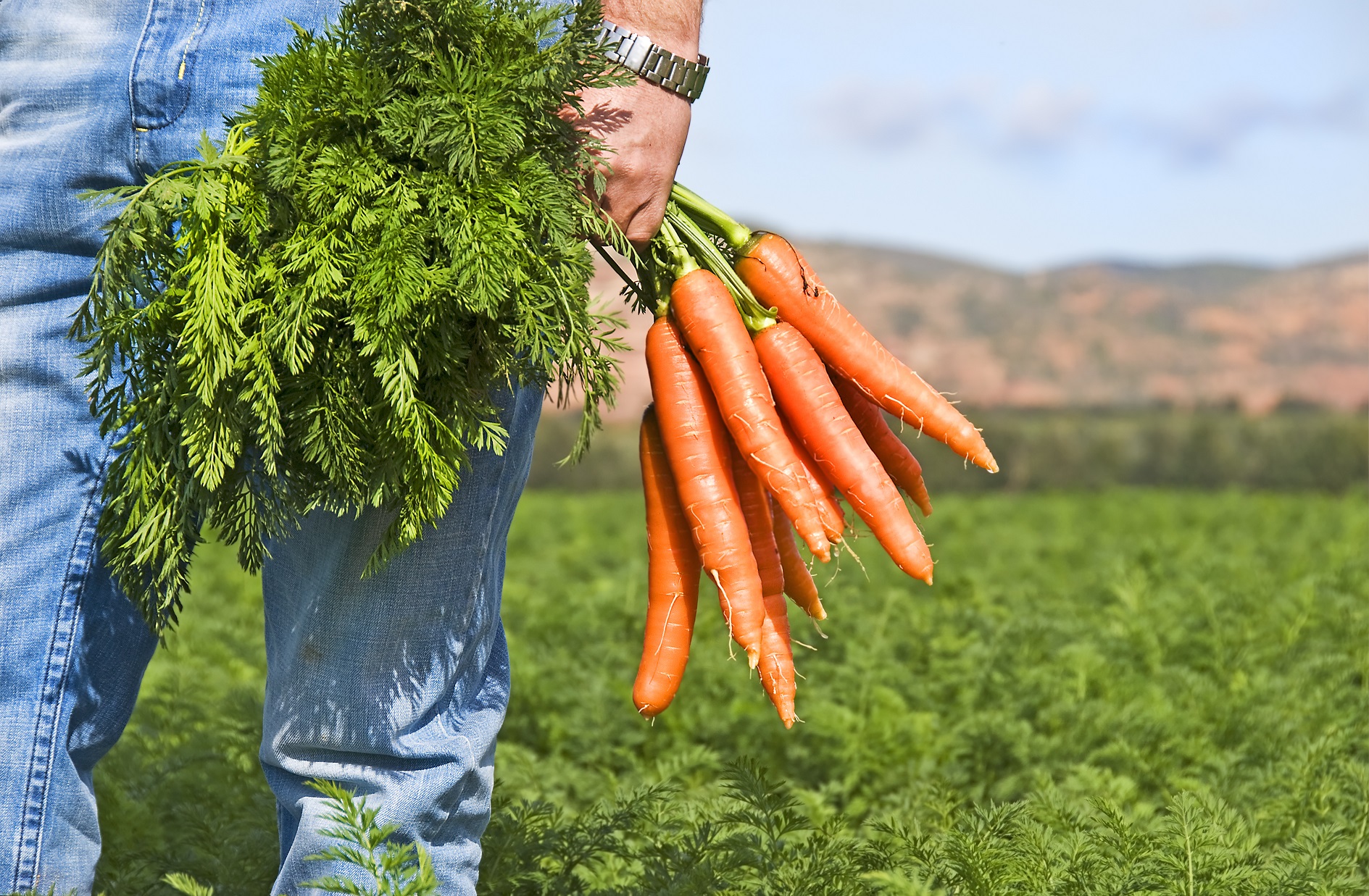
Combating the hunger challenge facing Australian society
24 May 2021
Fungicide technology extended to new crops
24 May 2021Harvest labour shortages continue to be central to AUSVEG’s advocacy activities as growers battle with declining backpacker numbers and international border closures.
At the time of writing, there are just 34,000 Working Holiday Makers still in Australia – this is significantly down from the 141,000 backpackers as of 1 January 2020. This is obviously a concerning statistic for Australian vegetable and potato growers, as it has intensified a harvest labour shortage that already existed even before the COVID-19 pandemic began.
Meanwhile, as the COVID vaccination rollout struggles to meet its own government targets, further strain is put on the active workforce that remains in Australia. The slowdown in the vaccine rollout means it’s less likely international borders will reopen, and therefore backpacker numbers will continue to decline.
Despite this, industry and the Federal Government have tried a number of different incentives and programs to get people working in the sector and fill the shortfall.
Visa extensions have been granted for workers if they continue to work in agriculture, while student visa working hours have been extended and horticulture remains classified as an essential service. Relocation assistance programs have been offered by the Federal Government, with up to $6,000 available for those who move to regional locations to take up a job. While this has had minimal interest from Australian citizens, the government has added in a further incentive – offering $2,000 of the $6,000 available upfront. In addition to that, $2,000 is also available to backpackers who wish to work in horticulture and require relocation assistance. This is on top of the various state schemes and payments available to workers.
For the most part, these schemes have failed to make any reasonable dent in the sizeable issue facing our sector. Unfortunately, the reality is that domestic workers have always chosen against undertaking the harvest labour roles industry requires.
International assistance
The largest policy change to industry has been the restart of the Seasonal Worker Programme and Pacific Labour Scheme.
These two visa programs are the only pathways that are operating at any real scale outside of the overseas returning travelers. They are also the only chance growers and industry have had at accessing a guaranteed workforce. Industry can have confidence that when these workers arrive in Australia, they are here to work.
So far, 4,492 pacific workers have entered the country since the restart began in June 2020. More than 3,000 workers have received conditional approval, or are near conditional approval, so will make their way to Australia over the next six weeks.
However, the challenge with the Seasonal Worker Programme and the Pacific Labour Scheme continues to be the ability to bring in workers at the scale that is required.
The key to this limitation across the country is the quarantine capacity. That’s not the international returners cap, as Seasonal Worker Programme and Pacific Labour Scheme workers fall outside the cap numbers; it’s the quarantine capacity of the hotels, and the number of beds available for the workers to carry out their 14 days of quarantine before they can begin on farm.
This has been the challenge for most states, and it continues to be central to the challenge of horticulture growers being able to access more of this guaranteed workforce. The quarantine capacity lies with the states and without increased capacity, growers will continue to struggle to access harvest workers.
State of labour
South Australia and Tasmania’s state governments have proven that bringing in workers can be done efficiently and effectively. South Australia set up a facility in Paringa and were able to bring in a number of workers, while Tasmania had a dedicated hotel and fully subsidised the cost of quarantine. This allowed growers to have confidence in the system and get on with the job of running a farm.
Quarantine capacity is the reason why Queensland has looked at on-farm quarantine as an option, but it is also the reason why New South Wales and Victoria have struggled.
AUSVEG raised this issue with the Federal Government and urged it to look at a bubble with the pacific islands, or a one-way bubble, otherwise known as a ‘greenlane’. This means workers can come in, but they can’t go home.
This was where pre-departure quarantine was born and created by the Federal Government as a pilot to bring workers in from Fiji and Vanuatu. This is essentially a pathway for workers to do their quarantine in a country that has had minimal – if any – COVID cases, and for the workers to be able to conduct their quarantine in country before coming to the country.
Disappointingly, only South Australia has opted-in to the pilot so far. AUSVEG is urging the other state governments to improve quarantine capacity for Pacific Islander workers and opt-in to the pilot for pre-departure quarantine.
In this fragile environment when we do not know when the next outbreak will occur, it is important that governments have as many quarantine options available to them as possible.
Find out more
Please contact AUSVEG National Public Affairs Manager Tyson Cattle on 03 9882 0277 or email tyson.cattle@ausveg.com.au. Further details can be found on the AUSVEG website.

